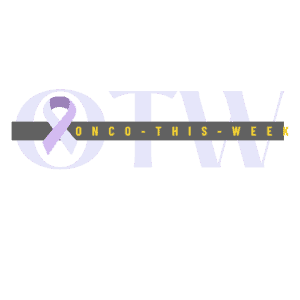UGN-102 Met Primary Endpoints in Both Phase 3 ATLAS and ENVISION Clinical Trials in NMIBC patients

“UGN-102 has demonstrated a robust and consistent therapeutic profile across multiple clinical trials, providing a compelling picture of its potential to be a transformational product and advance the standard of care away from repetitive surgery to a minimally invasive, non-surgical option for LG-IR-NMIBC,” says Liz Barrett, President and Chief Executive Officer of UroGen. “If approved, we anticipate UGN-102 to be a significant growth driver for UroGen as the first-ever non-surgical treatment option for a disease afflicting approximately 82,000 new patients in the U.S. each year. We are on track to deliver on our previously shared guidance for JELMYTO and now find ourselves on the precipice of a new era in bladder cancer care, and that is a very exciting place to be.”
Share:
More News
PharmaMar has submitted a Marketing Authorization Application to the European Medicines Agency for Zepzelca® (lurbinectedin) in combination with atezolizumab (Tecentriq®) for the maintenance treatment of adult patients with extensive-stage small cell lung cancer, whose disease has not progressed after first-line induction therapy with atezolizumab, carboplatin and etoposide. The MAA submission
“At SR One, our mission is to invest in companies that we believe have the ability to innovate and advance transformational new therapies in areas of high unmet medical need,” said Simeon George, M.D., Chief Executive Officer and Managing Partner at SR One. “Fore Bio is focused on resetting the
The study demonstrated a statistically significant and clinically meaningful improvement in the primary endpoint of TACE-progression-free survival (TACE PFS*), and the other primary endpoint of overall survival (OS) is immature at the prespecified first interim analysis. Meanwhile, a clinically meaningful PFS by RECIST v1.1** was also observed. Detailed findings from
“The positive CHMP recommendation for the Itovebi-based regimen represents a significant step towards providing people in the EU with PIK3CA-mutated, ER-positive advanced breast cancer with a targeted therapy in the first-line setting,” said Levi Garraway, M.D., Ph.D., Roche’s Chief Medical Officer and Head of Global Product Development. “This recommendation is



